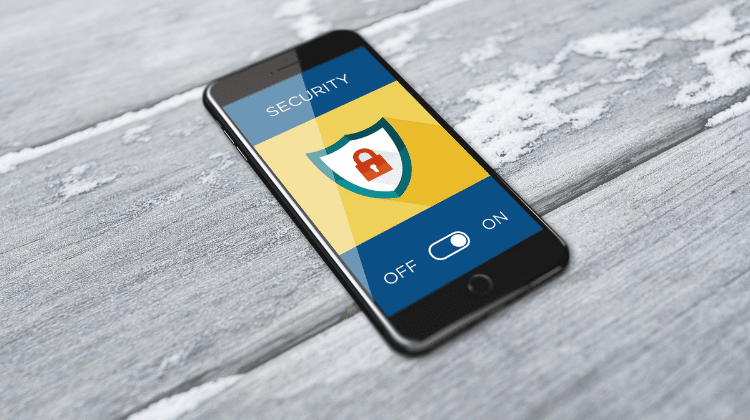
Brought to you by Solarwinds:
Out of 476 IT professionals surveyed about the state of security in their organizations, most agreed that the majority of businesses had no or only a partial system for controlling access to sensitive data, according to a report by Trustwave. The rapid growth of the Internet has created many advantages like the seamless sharing of data, but at the same time, it has opened more avenues to cyber attacks.
Currently, no business is safe from security breaches, with research showing an increase in attacks on small businesses. With the rapid growth in data generation, it’s always a good idea to ensure that you’re updated on the best security methods that are available. Being proactive in providing data security is better than being sorry later.
Following are precautionary measures you can take to protect your business:
Cyber Criminals Attacking Your Business
Cyber crimes have been on the rise, and the technologies these criminals use have become more sophisticated. They have come up with refined ways to lure people into traps that expose confidential and valuable information. Techniques such as phishing, identity theft, and hacking can lead to significant losses to a business. Attackers often build up fake profiles that resemble customer details to gain access to company details.
The safest way to prevent cyber crime is for firms to be more cautious about the information they provide online. Be aware of your digital footprint and ensure your system is highly secured and password protected. Additionally, you can incorporate access rights management to your system as it helps to improve data access security and mitigate insider threats.
Employee Training
Employees are the biggest threat when it comes to cyber security. Innocent mistakes as a result of lack of awareness on data security can cost you dearly. An employee can, for instance, out of lack of better judgment, visit websites that shouldn’t be visited or create very weak passwords. Most cyber criminals are aware of this factor and thus exploit it to their advantage.
To counter this risk, you should provide your employees with training on cybersecurity and instill a high level of IT discipline in them. Train them on how to create and manage their passwords and offer the necessary resources so they don’t expose your business to threats. Additionally, train your employees to always check the legitimacy of the source before providing any confidential information.
Mobile Devices (BYOD)
Bring-your-own-device (BYOD) is a growing culture at the workplace today. Most employees bring their mobile phones or laptops to the office and use them to access work emails or company information. Currently, smartphones are more susceptible to malware attacks, which increases data theft vulnerability.
Ensure that your firm has a well developed BYOD policy, which should incorporate mobile devices as part of the holistic IT security strategy. With a BYOD policy in place, employees are made aware of what they can access with their mobile devices and what they cannot. Employers are also able to monitor documents that employees are downloading on their devices.
Authenticate Third Party Security Providers
With the increasing growth and complexity in technology, companies are choosing to outsource and depend on third-party vendors to maintain their security systems. These vendors use remote access to get into the company’s systems, and they sometimes don’t adhere to best security practices. In case a breach occurs as a result of a third party, you may lose confidential information.
Before settling for any third-party vendor, ensure that you check their remote access security policies to confirm that they adhere to security best practices. Always choose vendors who have a well laid out security policy and procedures and those that adhere to periodic audit reviews.
Conclusion
To adapt to the rapid changes in business technologies and the risks that come with them, you’ll need vigilance and a well laid out security plan. Ensure you comply with these security measures, and at the same time, employ the best techniques to protect your valuable data.